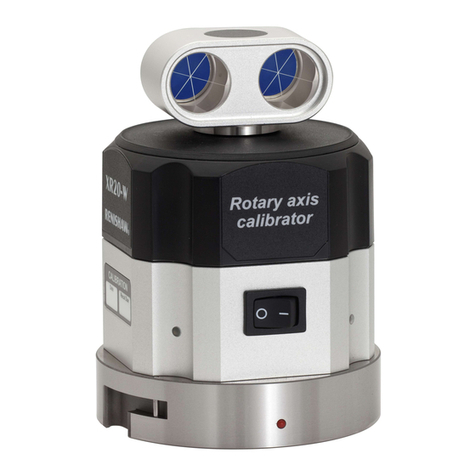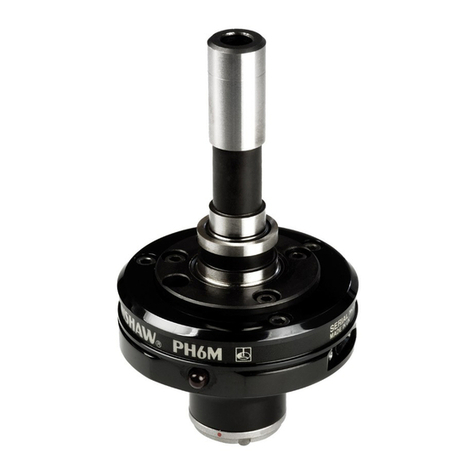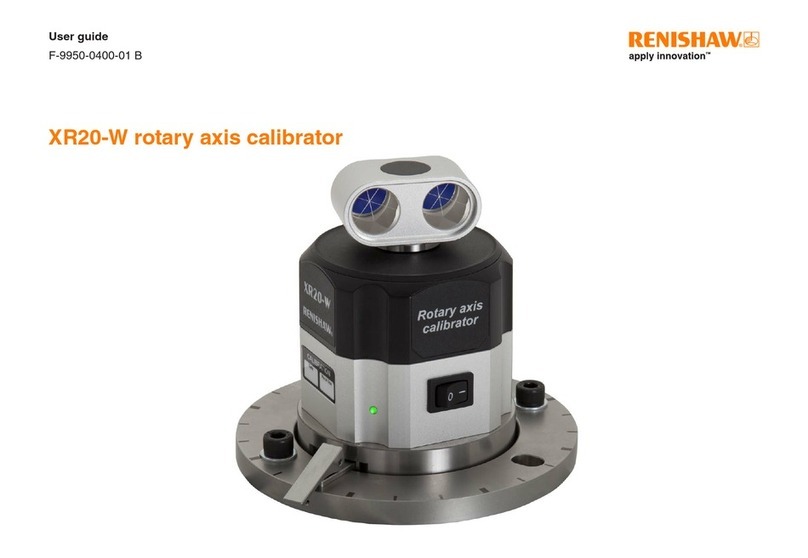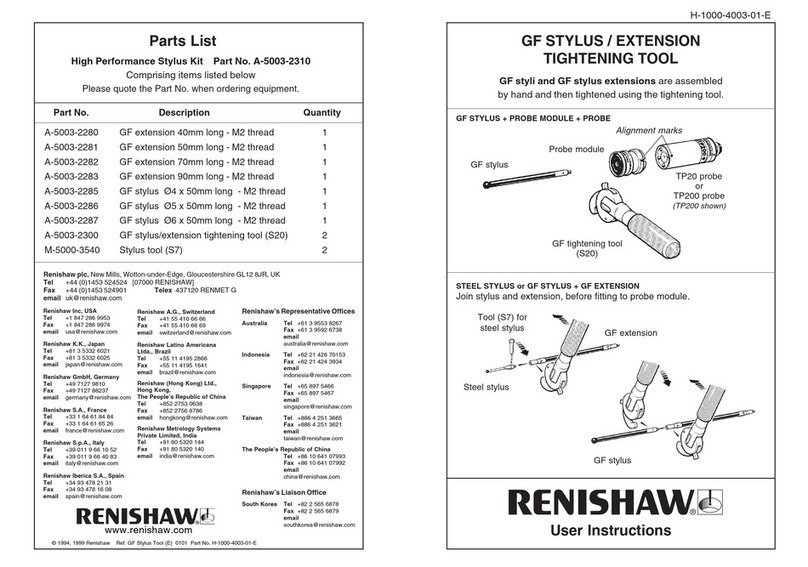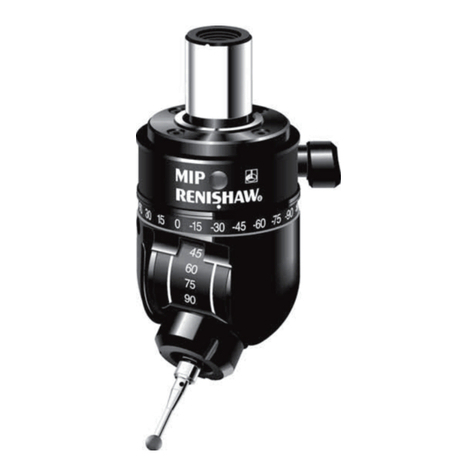
RMP600 installation guide
1.4
Before you begin
Intended use
The RMP600 is a radio spindle probe that enables automated workpiece inspection and job set-up on
multi-tasking machines, machining centres and gantry machining centres.
Safety
Information to the user
This product is supplied with non-rechargeable batteries that do not contain lithium. For specific battery
operating, safety and disposal guidelines refer to the battery manufacturers’ literature.
• Do not attempt to recharge the batteries.
• Replace the batteries only with the specified type.
• Do not mix new and used batteries in the product.
• Do not mix different types or brands of batteries in the product.
• Ensure that all batteries are inserted with the correct polarity in accordance with the instructions in
this manual and indicated on the product.
• Do not store the batteries in direct sunlight.
• Do not expose the batteries to water.
• Do not expose the batteries to heat or dispose of batteries in a fire.
• Avoid forced discharge of the batteries.
• Do not short circuit the batteries.
• Do not disassemble, apply excessive pressure, pierce, deform or subject the batteries to impact
• Do not swallow the batteries.
• Keep the batteries out of the reach of children.
• If the batteries are swollen or damaged do not use them in the product and exercise caution when
handling them.
• Dispose of waste batteries in accordance with your local environmental and safety laws.
Ensure that you comply with international and national battery transport regulations when transporting
batteries or this product with the batteries inserted. To reduce the risk of shipment delays, should you need
to return this product to Renishaw for any reason, do not return any batteries.
Information to the machine supplier/installer
It is the machine supplier’s responsibility to ensure that the user is made aware of any hazards
involved in operation, including those mentioned in Renishaw product literature, and to ensure that
adequate guards and safety interlocks are provided.
If the probe fails, the probe signal may falsely indicate a probe seated condition. Do not rely on probe
signals to halt the movement of the machine.













